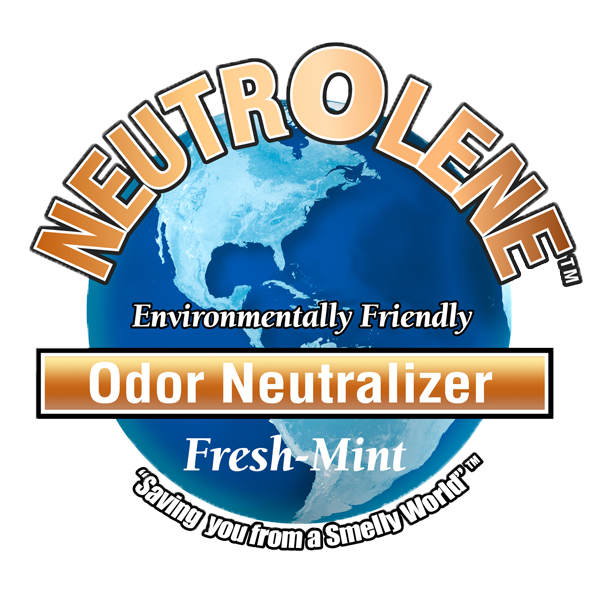Disaster Preparedness Part II: Planning for Funeral Facilities
/Disaster Preparedness: Part II -- Planning for Funeral Facilities
By Chet Robbins
As of this writing there have been 426 cases of the Zika virus reported in the United States.
If you read Part I of this series, you may recall I questioned whether or not first responders – which includes funeral directors – are well-prepared for typical disasters. After personal observation and one-on-one conversations, I believe there is a lack of participation for disaster preparation within the death care industry. I also say once again, it is not a matter of if it will happen, but when it will happen?
This article will focus on what funeral facilities can do with regard to preparation whenever a disaster occurs within their community.
To begin the process of preparedness, funeral home owners and managers must think about what type of disasters their facility can withstand i.e., hurricane, tornado, flooding, fire, and yes even earthquake. They also must ask themselves, "When was the last time owners/manager have had a walk-through of the facility? If the answer is "not exactly" or "not for that specific purpose, they need to ask these questions:
- When was the last time management walked the entire perimeter of the facility, inside and out and around the facility's surrounding grounds?
- Is the building structurally stable?
- Is there adequate drainage surrounding the facility should a flood occur?
- Are there fire hydrants or a fire department close by to assist the staff of your facility should there be a fire?
- Is the building structurally stable to withstand high winds of a hurricane or tornado?
- Have staff members been trained ,and a walk-through completed, on each individual's responsibility before, during and after the disaster?
- What supplies and products are needed in addition to the logistics needed daily?
- What would be an adequate stock of these supplies and products?
- Are important papers like deeds, insurance and banking papers in a secure place both on and off of the facility?
- Does the staff have the capability to be self-sufficient for at least 72 hours?
- Do they have food, water and shelter in some other area, should the need for self-sufficiency arise?
- Is there a small generator available to power the firm's day to day mission at the facility or located off-site?
- Has a practice drill ever been conducted at the facility by personnel in preparation for a disaster?
- In addition, has this drill ever been accomplished with additional first responders – like fire and police departments as well as local hospital staff?
- Do owners and managers know (and where to contact) key preparedness coordinators in their local area?
If you can answer in a positive manner to the above questions, it is evident at least some thought has been given to preparing for the worst.
The size and contents of a firm's emergency preparedness inventory must be determined by management and staff. For example if a funeral facility takes care of 100 families annually, 5-10 percent of the inventory may be enough to function for a 72 hour period. How much inventory must be ascertained by those that do the actual work.
Funeral facilities include funeral homes, mortuary services, embalming facilities and crematoriums. Likewise, cemetery owners and managers must also have a preparedness plan, should a disaster occur:
- Where will bodies be buried?
- Is there a holding facility accessible and within close proximity to the cemetery?
Over the past 90 days, I have attended three disaster preparedness planning conferences. At each conference, no more than four funeral directors were in attendance. However, there were many medical personnel and ambulance personnel as well as fire department, police department and sheriff department personnel in attendance.
The Texas State Department of Health and Human Services hosted a disaster preparedness meeting in Austin. The conference was entirely free with breakfast and lunch provided both days. The small attendance was disappointing, particularly with the state's history of explosions, tornadoes, flooding, hurricanes and other disasters. It is definitely information needed by first responders, including my peers in the funeral profession.
Some people may think, "a disaster will not happen in my area." The question is: Are you willing to take that risk? I, for one am not, and will continue to do what I can do to prepare for disaster within my community.
Chet Robbins is a member of the Texas Funeral Directors Association Disaster Team. He is also CEO and cofounder of NeutrOlene, LLC, (neutrolene.com) the developers of a family of products designed to eliminate the worst odors, including organic decomposition. Robbins also is a partner in CDT Industries, providing high consequence infectious disease (HCID) Kits. Go to cdthcid.com. You may e-mail Robbins at Chet@Chetrobbins.com


